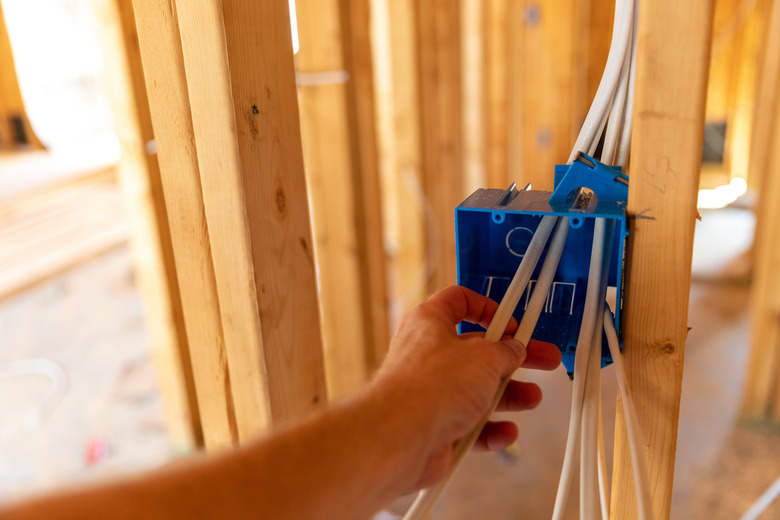Memory Wire Size & Gauge Information
Memory wire is a stiff, pre-coiled wire that returns to its original shape after it has been distorted or pulled apart. It is commonly used for making beaded jewelry and is typically available in varying sizes, suitable for necklaces, bracelets or rings.
AWG
AWG
The thickness of memory wire is measured on the American wire gauge (AWG) scale. The lower the gauge number, the thicker the wire and vice versa. The most common thicknesses of memory wire used in jewelry making are 18-gauge (0.0403 inches) and 20-gauge (0.032 inches).
Thickness
Thickness
Lower gauge, thicker memory wire, such as 16-gauge, is generally considered too thick and heavy to be used in wire wrapping, although it can be used to create other decorative effects. Higher gauge, thinner memory wire, such as 22-gauge and 24-gauge, is considered too thin for free-form shaping.
Cutting/Shaping
Cutting/Shaping
An important point to note about memory wire of any size or gauge is that it is too stiff for jewelry cutters and pliers and may notch the tools; regular wire cutters and pliers should be used for cutting and shaping memory wire.
References
- "Quick & Easy Beaded Jewelry"; Elizabeth Gourley, Ellen Talbott; 2002
- "Exquisite Beaded Jewelry"; Lynda S. Musante; 2004
Cite This Article
MLA
Dunning, David. "Memory Wire Size & Gauge Information" sciencing.com, https://www.sciencing.com/memory-wire-size-gauge-information-7847888/. 25 January 2011.
APA
Dunning, David. (2011, January 25). Memory Wire Size & Gauge Information. sciencing.com. Retrieved from https://www.sciencing.com/memory-wire-size-gauge-information-7847888/
Chicago
Dunning, David. Memory Wire Size & Gauge Information last modified March 24, 2022. https://www.sciencing.com/memory-wire-size-gauge-information-7847888/
